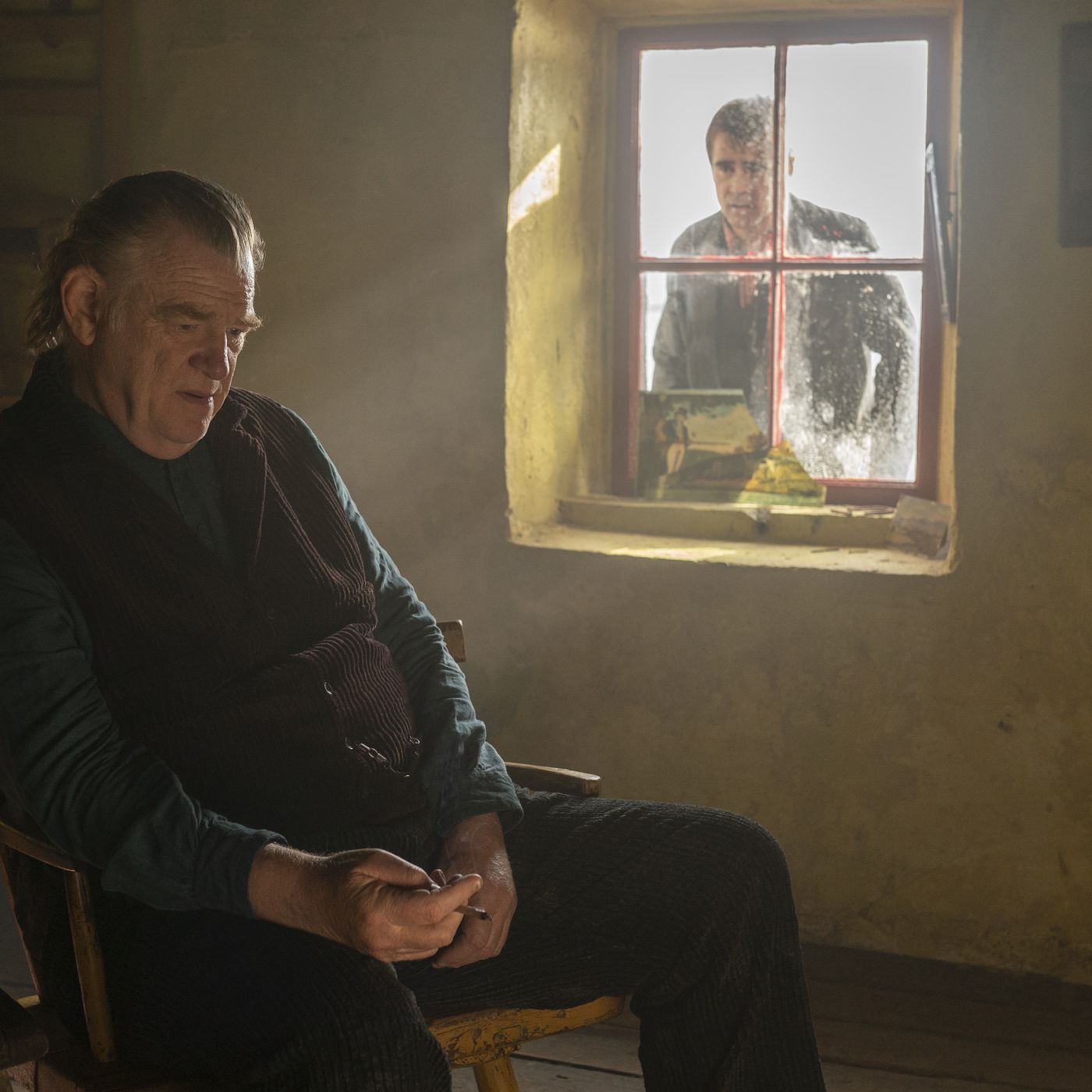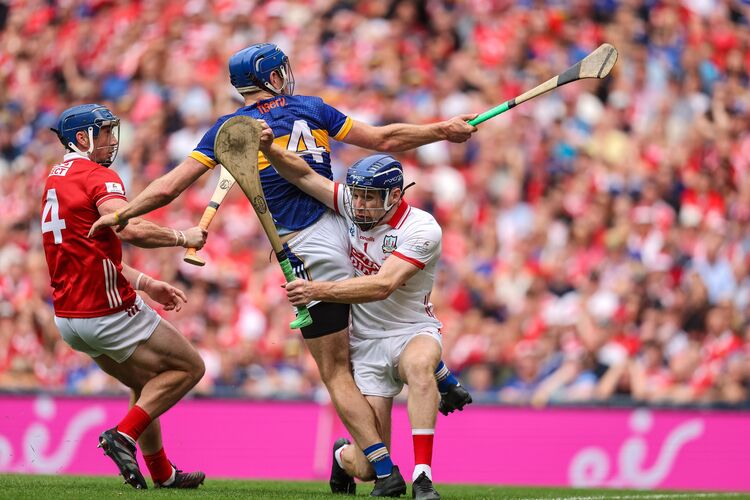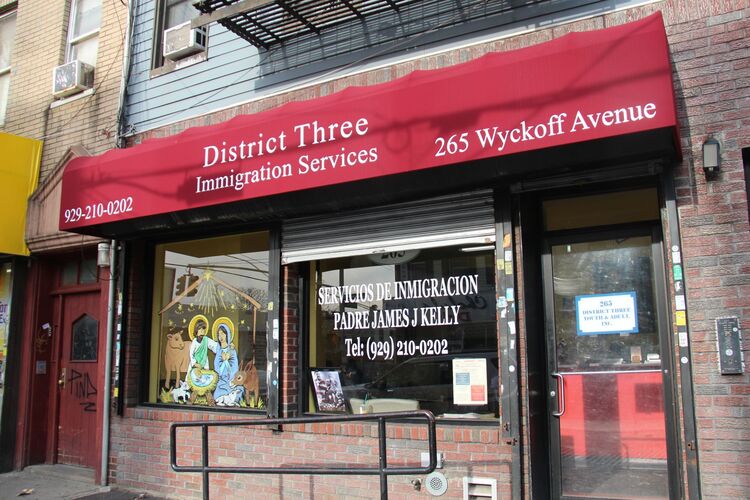Martin McDonagh’s new film “Banshees of Inisherin” arrives in New York City cinemas this month, boosted by film-festival fanfare and press rumblings of Oscar nominations for its two leads, Brendan Gleeson and Colin Farrell. The pair lead a strong all-Irish cast in a dark tale set near the end of the 1922-23 Irish Civil War, on a remote island off the west coast of Ireland. McDonagh’s fourth feature, “Banshees” completes an island trilogy of sorts, following his stage success with “The Cripple of Inishmaan” and “The Lieutenant of Inishmore” in London and on Broadway - plays that established his reputation as a dramatist, before he launched his film career in spectacular fashion with the Oscar-winning short “Sixshooter” in 2004.
McDonagh’s latest film centers on the sudden ending of a friendship between two farmers on the island of Inisherin, Pádraic Súilleabháin (Farrell) and Colm Doherty (Gleeson). It has long been their custom to meet daily, in the early afternoon, and stroll together to their local, JJ Devine’s, for drinks. One day Colm inexplicably declines to join his friend on their jaunt to the pub, and does not even acknowledge his knock at the door when he arrives at the usual time. Their falling out gives ample fodder for gossip on the island. It transpires that Colm has decided that Pádraic is too dull and life is too short to spend time with him. He’d rather focus on his fiddle playing, and, specifically, on a tune he is composing, from which the film takes its title.
Former Hollywood hellraiser Farrell essaying a hapless dullard constitutes casting against type, but his character is indeed dull, and not very bright. Try as he might to be more interesting and unpredictable, Pádraic merely succeeds in further vexing Colm, to the point that the exasperated fiddler declares he will cut off a finger each time the village bore tries to talk to him (hardly a spoiler, as this grisly threat gets a mention in the trailer). The ante is upped, digits are dispatched, and the story escalates towards an inevitable tragic end.
Tilting more towards comic tragedy than his trademark dark comedy, McDonagh’s “Banshees” has solid performances from a wide range of actors well known to Irish audiences from stage and screen – the local pub, Devine’s, is run by Jon Kenny and Pat Shortt of legendary comedy duo, D’Unbelievables, Padraic’s only remaining friend on the island is the even dimmer Dominic, played by rising talent Barry Keoghan, Farrell’s costar in “The Killing of a Sacred Deer”, and Kerry Condon plays Pádraic’s miserable sister Sίobháin. The script sparkles with profane wit and repartee as we expect from McDonagh, but quirky dialogue, breathtaking aerial shots of island scenery, and talented actors can’t rescue a thin storyline that seems more like McDonagh-lite than new ground for the writer-director. The character list ticks the usual boxes of rural clichés – frustrated spinster yearning to leave the stifling island life and make a fresh start elsewhere - check. The nosey postmistress who steams open letters that seems interesting, prior to their intended recipients getting hold of them - check. The malevolent old crone who exults in predicting sudden deaths on the island - check. No sign of the rascally poitín maker, larcenous Traveller, nor prosperous returned Yank trying to buy up local acres, though. Writer Pat McCabe, who ploughs many of the same rocky furrows as McDonagh, self-deprecatingly refers to this genre as Bog Gothic, and it takes consummate skill, absent in this film, to walk that line between absurd rustic comedy and festering violence without slipping into the quagmire of self-parody.
Chekhov’s advice to young playwrights might well be heeded by modern filmmakers - that, if in the first act of a play you hang a firearm on the wall, then, in the following act it must be fired, otherwise don’t put it there. McDonagh’s redundant firearms (at least they are fired) are the artillery guns, explosions and smoke of the war on the mainland, observed from the island across the narrow body of water that separates them. The film’s timeline is set in the month before the end of the Irish Civil War, but that conflict has no further impact on the narrative, save to offer the brutal local Guard some overtime and a free lunch for joining a security detail at the execution of anti-Treaty prisoners on the mainland. McDonagh’s futile enmity between two old friends, triggered by a minor issue of boredom, might be read as a metaphor for the fratricidal struggle of the Civil War that followed the compromised independence from Britain in 1921 — but that would be a stretch.
“Banshees of Inisherin” is currently in theaters, screening at AMC Cinema Lincoln Square on Broadway, and at Angelika Film Center on Houston Street, in downtown Manhattan.







